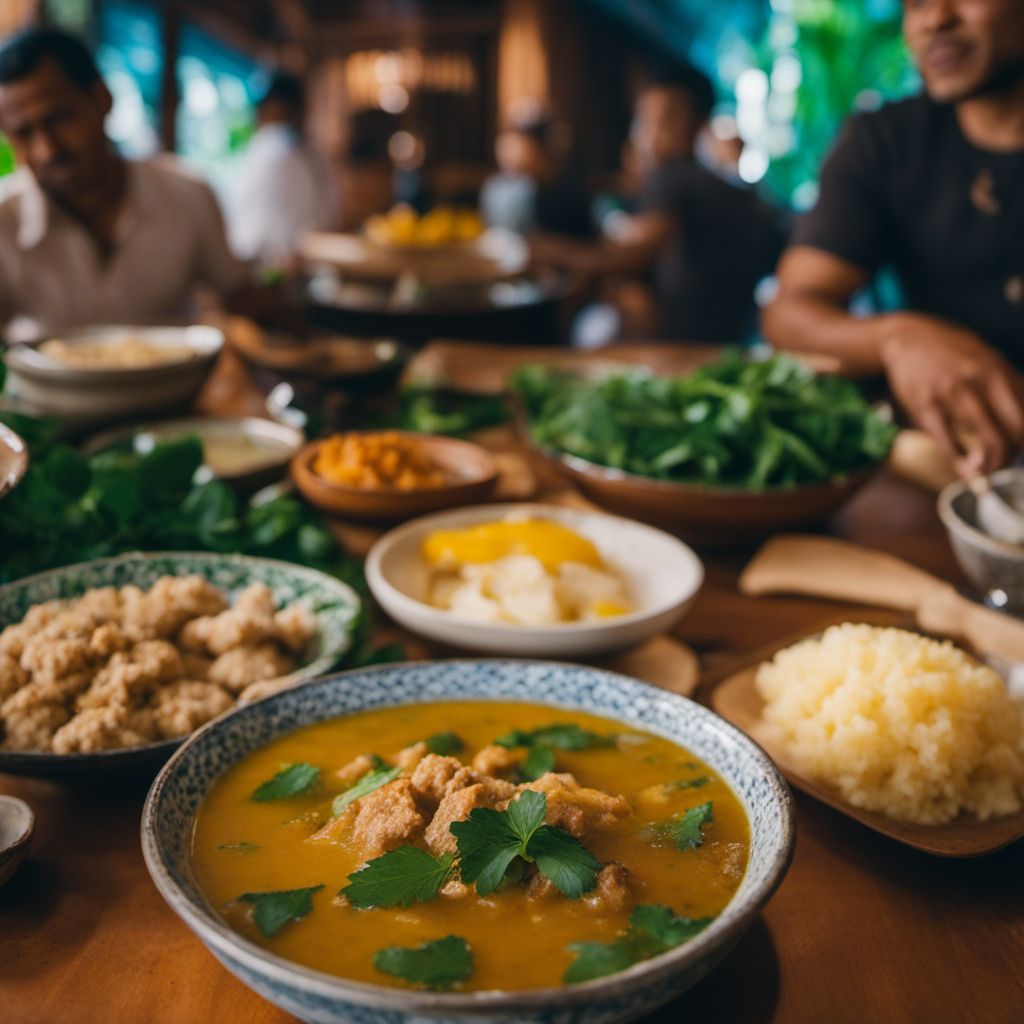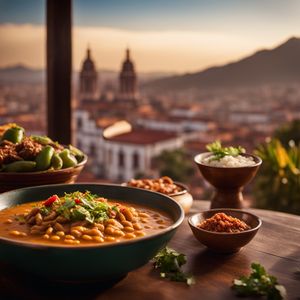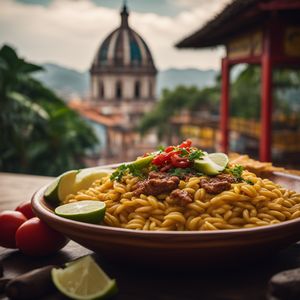
Dish
Pato no tucupi
Pato no tucupi is a flavorful and filling dish that is perfect for cold weather. The duck is cooked until tender and then combined with the tucupi broth, jambu, and other ingredients to create a rich and savory stew. The dish is typically served with rice and a side of farofa (toasted cassava flour).
Origins and history
Pato no tucupi has its roots in the indigenous cuisine of the Amazon region of Brazil. It is believed to have been created by the Tupinambá people, who used the tucupi broth as a base for many of their dishes. Over time, the dish evolved to include other ingredients, such as duck and jambu, which were introduced by Portuguese colonizers.
Dietary considerations
Gluten-free
Variations
There are many variations of pato no tucupi, depending on the region and the cook. Some recipes call for the addition of vegetables, such as tomatoes and onions, while others use different types of meat, such as chicken or beef. Some cooks also add spices, such as cumin and coriander, to give the dish a more complex flavor.
Presentation and garnishing
Pato no tucupi is typically served in a large bowl, with the rice and farofa on the side. The jambu leaves are often used as a garnish, as they have a unique numbing effect on the tongue. To prepare the jambu, simply blanch the leaves in boiling water for a few seconds, then rinse in cold water and drain. Serve the dish hot, with a caipirinha on the side.
Tips & Tricks
To make the dish even more flavorful, marinate the duck in a mixture of garlic, lime juice, and salt for a few hours before cooking. This will help to tenderize the meat and infuse it with flavor. Also, be sure to use fresh jambu leaves, as they can lose their numbing effect if they are not fresh.
Side-dishes
Farofa (toasted cassava flour), rice
Drink pairings
Caipirinha (Brazilian cocktail made with cachaça, lime, and sugar)
Delicious Pato no tucupi recipes
More dishes from this category... Browse all »

Aab gosht
Indian cuisine

Abgoosht
Iranian cuisine

Adobo
Filipino cuisine

Adobo sa gatâ
Filipino cuisine

Adobong baboy
Filipino cuisine

Adobong baka
Filipino cuisine

Adobong dilaw
Filipino cuisine

Adobong hito
Filipino cuisine
More cuisines from this region... Browse all »

Argentinian cuisine
Savory, Smoky, Spicy, Tangy

Bolivian cuisine
Savory, Spicy, Tangy

Chilean cuisine
Savory, Spicy, Smoky, Tangy

Colombian cuisine
Savory, Spicy, Sweet, Tangy

Ecuadorian cuisine
Bold, Spicy, Tangy, Savory, Sweet

French Guianan cuisine
Fresh, Bold, Spicy, Savory, Sweet

Paraguayan cuisine
Bold, Savory, Spicy, Sweet

Peruvian cuisine
Spicy, Savory, Tangy, Citrusy, Umami

